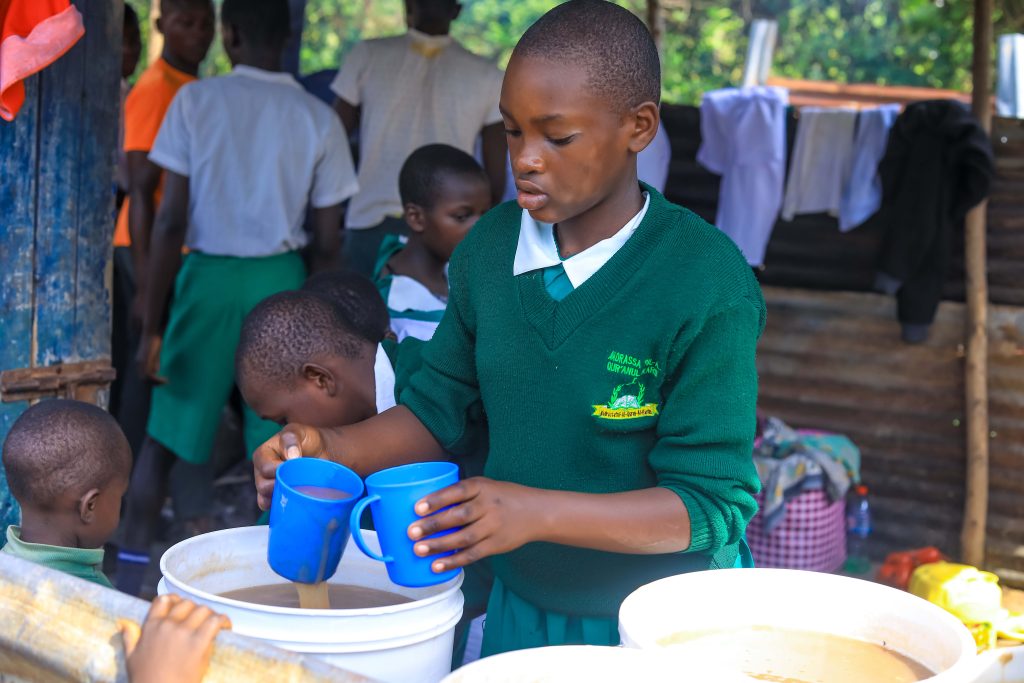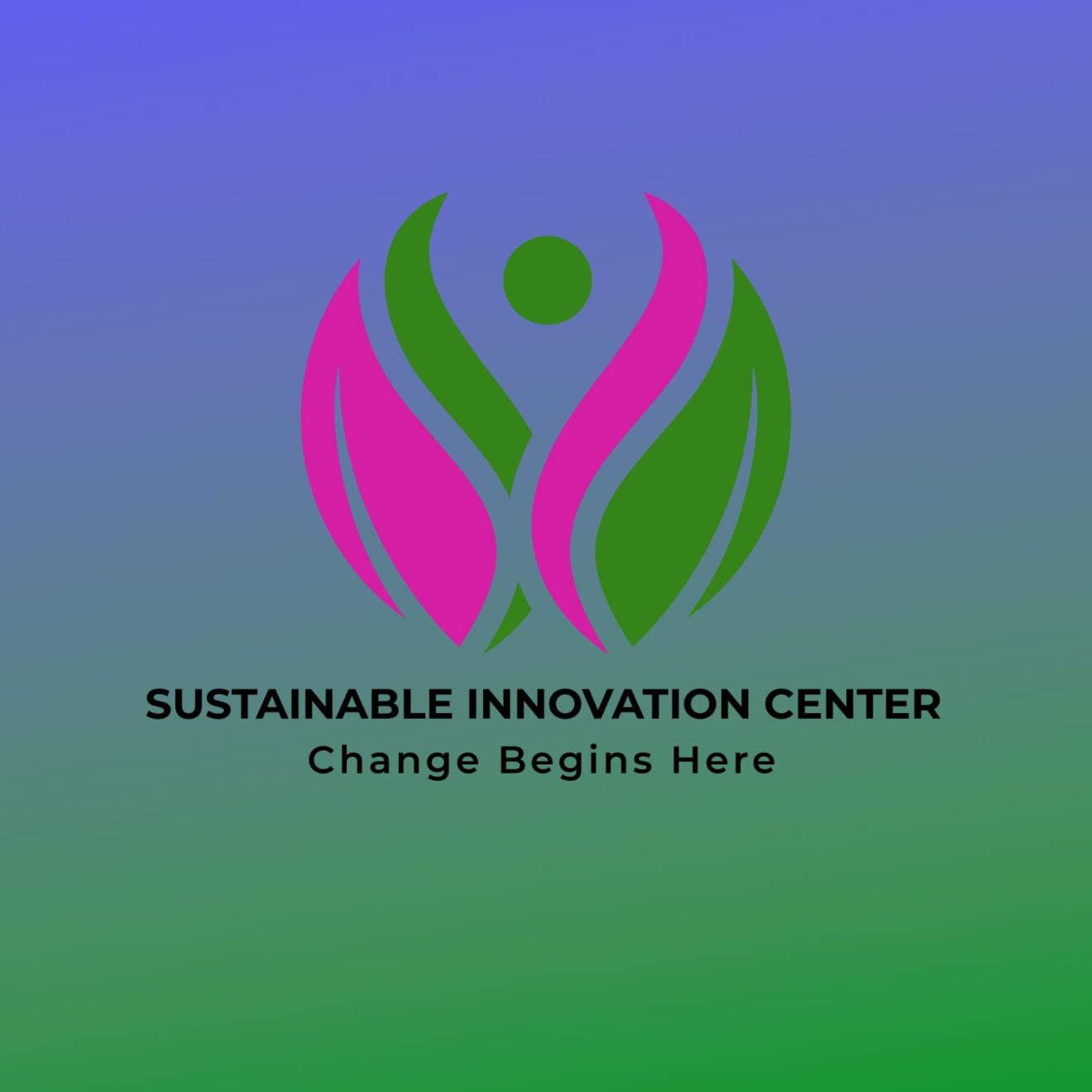Innovating for Impact: How the Sustainable Innovations Center Empowers Communities in the Fight Against Climate Change
Introduction
Climate change is no longer a distant threat. It is a present-day crisis manifesting in rising temperatures, erratic weather patterns, diminishing biodiversity, and increasing socio-economic inequalities. While global discussions often focus on policy reforms and international agreements, true change often begins at the grassroots level—where local communities feel the effects most acutely and can lead with context-specific solutions.
Through community-driven development projects, the center offers innovative, environmentally friendly solutions that empower people to protect their environment while improving their livelihoods.
Understanding the Problem: Climate Change and Local Communities
Climate change does not affect all people equally. Rural and low-income communities—especially those reliant on agriculture and natural resources—are disproportionately impacted. These populations often lack the tools, knowledge, and infrastructure to adapt effectively. As such, there is an urgent need for targeted solutions that integrate environmental sustainability with social development.
SIC was founded on the principle that sustainable development and environmental preservation are not mutually exclusive but mutually reinforcing. The organization recognizes that technology transfer, community capacity building, and environmental advocacy can work together to reduce emissions, conserve natural resources, and foster economic independence.
Our Model: Sustainable Innovation Through Community Development
SIC works under a simple but powerful framework:
Identify Local Needs
Design Sustainable Solutions
Train and Empower Communities
Monitor and Evaluate Impact
Scale Up What Works
At the core of this model is community participation. SIC engages local stakeholders from the very beginning, ensuring that all projects are co-designed, locally relevant, and culturally sensitive. The goal is not to impose change, but to facilitate innovation that emerges organically from the needs and aspirations of the people.
Education and skill-building are the foundation of this process. SIC invests in training programs that blend traditional knowledge with modern techniques, preparing communities to adopt sustainable practices that are both environmentally sound and economically viable.
Case Study: The Sisal Machines Project
One of the most impactful projects undertaken by SIC in recent years is the Sisal Machines Project, launched in 2024. The initiative was born out of conversations with rural farmers in a semi-arid region of East Africa, where the sisal plant grows abundantly but is severely underutilized.
Traditionally, sisal farming was labor-intensive and low-yield, with most of the raw plant left to waste. Farmers would extract only a small amount of fiber manually, with minimal income potential. SIC saw an opportunity to transform this local resource into an engine of both economic growth and environmental conservation.
The Innovation
SIC introduced mechanized sisal processing machines that could extract fiber from raw sisal at a much faster rate and with higher efficiency. The machines were co-designed with local engineers to ensure they could run on solar energy, minimizing environmental impact. Training workshops were held in nearby villages, teaching farmers how to operate and maintain the machines and how to market the resulting products.
But SIC didn’t stop there. Through partnerships with small-scale manufacturing cooperatives, the sisal fibers were transformed into ropes and biodegradable materials that serve as raw inputs for the production of eco-friendly diapers (pampers). This closed-loop approach created multiple layers of value:
Environmental: By using plant-based fibers instead of plastic, the project reduced the carbon footprint and promoted biodegradable alternatives.
Economic: Local farmers and entrepreneurs gained new sources of income, turning a previously discarded material into marketable goods.
Educational: Community members acquired technical and business skills, increasing self-reliance and innovation capacity.
Impact Metrics
Since its launch, the Sisal Machines Project has:
Reached over 500 households across three districts
Created 120+ direct jobs in fiber processing and rope making
Enabled the production of biodegradable diapers, reducing plastic use in local markets
Education and Technology: The Two Pillars of Empowerment
SIC believes that education is the most powerful tool in the fight against climate change. However, education must be practical, localized, and connected to economic opportunities. Our community workshops go beyond theory; they teach people how to build solar dryers, conserve water through permaculture techniques, adopt clean cookstoves, and use mobile platforms for agro-climatic forecasting.
Technology, on the other hand, should be democratized. Too often, sustainable technologies remain inaccessible to the people who need them most. SIC bridges this gap by developing low-cost, easy-to-maintain tools that respond to real-world challenges—from solar-powered irrigation pumps to waste-to-energy biogas units.
Together, education and technology form a cycle of empowerment: knowledge inspires action, and tools enable transformation.
Sustainability, Scalability, and Social Justice
SIC’s commitment to sustainability goes beyond environmental goals—it includes social equity and long-term viability. Every project is evaluated through three lenses:
Environmental sustainability – Does it reduce emissions, protect biodiversity, or promote resource efficiency?
Economic sustainability – Can it generate income and be maintained without external support?
Social sustainability – Does it empower marginalized groups, especially women and youth?
By aligning our projects with these principles, we ensure that climate action is inclusive, just, and durable.
Scalability is another key concern. Our pilot projects are designed as proofs of concept—if they succeed, they can be replicated in other regions. For example, following the success of the sisal project, SIC is currently exploring similar applications for coconut husks and banana fibers in other communities.
The Human Story Behind the Work
Take the story of Margaret, a 36-year-old mother of four in a rural village where the sisal project was piloted. Before SIC arrived, Margaret relied on subsistence farming and occasional labor to make ends meet. When she joined the training program, she was skeptical—she had never used a machine in her life.
Today, Margaret operates one of the sisal machines in her cooperative. She earns a regular income and recently enrolled her eldest daughter in secondary school using her earnings. Beyond economics, she has become a local leader, advocating for eco-friendly practices and mentoring other women.
Margaret’s story is not unique—it is a testament to what happens when innovation meets trust, education, and community will.
Interactive Approaches: Learning Together, Acting Together
At SIC, we emphasize participatory learning. Our workshops are not lectures—they are conversations. Community members contribute their knowledge and challenge assumptions. We use storytelling, group problem-solving, and practical demonstrations to make learning active and shared.
We also host community innovation fairs, where local innovators showcase sustainable tools they’ve developed—from rainwater harvesting systems to composting toilets. These events not only foster creativity but also build pride and ownership within the community.
For schools and youth groups, we run environmental clubs that engage young minds in tree planting, recycling projects, and climate education. By cultivating eco-consciousness early, we nurture the next generation of climate leaders.
Conclusion: Small Innovations, Big Impacts
The climate crisis demands global solutions, but local action remains essential. The Sustainable Innovations Center is proof that when communities are empowered with the right tools, knowledge, and trust, they can become the architects of their own sustainable futures.
Since 2021, SIC has shown that innovation doesn’t always mean high-tech—it means relevance, adaptability, and shared vision. Whether it’s turning agricultural waste into valuable goods, teaching young people about climate science, or building grassroots networks of green entrepreneurs, we are driven by the belief that sustainable development is possible, and it starts with people.
As we look to the future, SIC remains committed to scaling up our impact, deepening our partnerships, and continuously learning from the communities we serve. Climate change is formidable—but so is human ingenuity.
"Where Innovation Meets Compassion: A Sustainable Feeding Initiative"

Impact Story: Nourishing Minds, Empowering Futures
In a small corner of the Sustainable Innovation Center, a quiet transformation is taking place every morning. As the sun rises, the aroma of warm, nutritious breakfasts fills the air — not just with the promise of food, but with the hope of a better future.
For many of the students who walk through our doors, a reliable morning meal is not guaranteed at home. Economic hardships and food insecurity often stand in the way of their ability to focus, learn, and thrive. Recognizing this barrier, we launched our Feeding Program, rooted in the belief that no student should have to learn on an empty stomach.
Since its inception, the program has served thousands of breakfasts — but its true impact goes far beyond numbers.
Take Maria, a 12-year-old student who used to skip breakfast because there simply wasn’t enough at home. She often arrived at school tired, distracted, and disengaged. After joining the program, her teachers noticed an immediate change. With a full stomach, Maria’s energy soared, her concentration improved, and her grades began to reflect her true potential. Today, she dreams of becoming an environmental scientist — a dream that feels just a bit closer thanks to a simple, consistent meal.
Beyond academics, the Feeding Program is helping to build a culture of care, dignity, and community. Students are not only nourished physically but also feel seen, supported, and valued. Local farmers and food suppliers are also engaged, creating a sustainable loop that benefits the broader community.
This initiative is a reminder that innovation isn’t always about new technology — sometimes, it’s about addressing the most fundamental human needs in a thoughtful, sustainable way. By investing in the health and well-being of our students, we are planting seeds of change that will grow for generations.
Because when a child is fed, a mind is freed. And with that freedom, anything is possible.
